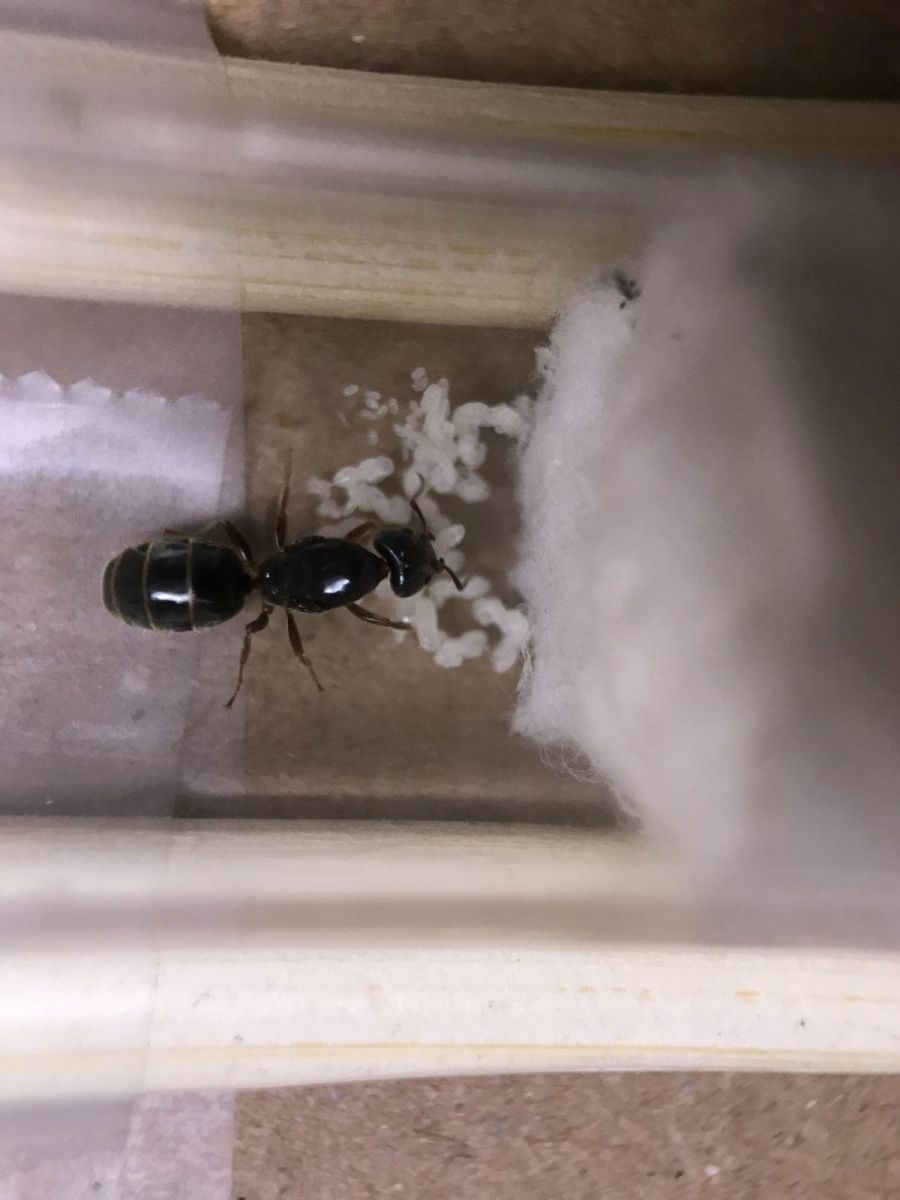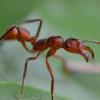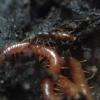I caught this queen last year but I was never able to identify her properly before a Linepithema invasion of my house resulted in her death. As the time of year I caught her is approaching, I'm going to try to catch more of her species in the same location once we get a warm spell.
1. Location (on a map) of collection: Mt. Tamalpais
2. Date of collection: April 20, 2017.
3. Habitat of collection: Edge of chaparral that bordered open grassy mountainsides.
4. Length (from head to gaster): Unsure, I lost her measurements. I have a fuzzy picture of her next to a 12mm Formica queen, and she looks ever so slightly smaller.
5. Color, hue, pattern and texture: Very dark brown to black, slightly lighter legs. Very smooth overall.
6. Distinguishing characteristics: Very shiny, quick and alert.
7. Distinguishing behavior: No cocoons for the pupae.
8. Nest description: Unknown, she was the only ant I saw in that spot.
9. Nuptial flight time and date: ~3pm, April 20, 2017.



















